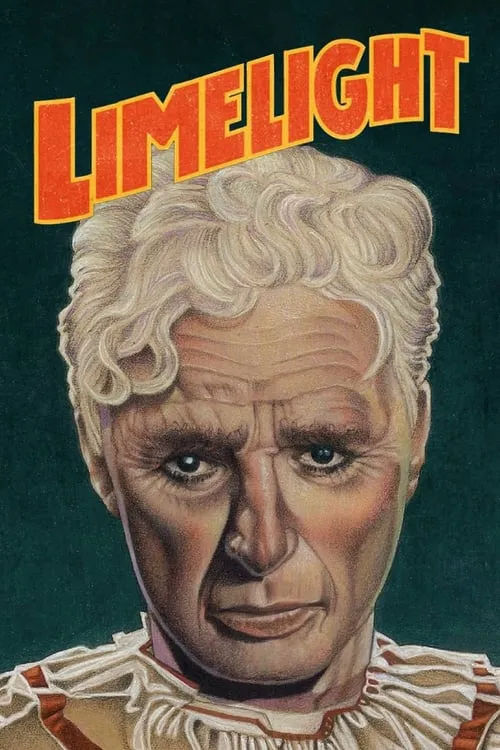Limelight

Plot
Limelight, directed by Charles Chaplin, is a poignant and powerful drama that explores the intricacies of two struggling performers and the connection they form amidst their own personal struggles. The film is set in the world of 19th-century vaudeville and stars Chaplin in a rare dramatic role, showcasing his versatility as an actor and his capacity to convey deep emotions. The movie centers around Calvero (Charles Chaplin), an aging music hall comedian who has seen better days. His performance skills have begun to wane, and he is struggling to fill the seats of his shows. One evening, after a particularly dismal performance, Calvero stumbles upon a local park, where he encounters a young ballerina named Terry (Claire Bloom) in distress. Terry, played by Claire Bloom, is a talented dancer who has suffered a catastrophic fall during a performance, leaving her with a severe bout of amnesia and paralysis. Her memory is hazy, and she is unable to recall her past or her love of ballet. She is despondent and feels as though her life has lost its purpose. Moved by her plight, Calvero decides to mentor Terry and help her regain her confidence. He takes her under his wing, providing her with food, shelter, and most importantly, his unwavering encouragement. As they spend more time together, Calvero begins to see a kindred spirit in Terry, someone who understands the highs and lows of being an artist. As the days turn into weeks, Calvero introduces Terry to the world of music halls, where he performs in a series of sketches, showcasing his wit, charm, and comedic flair. Terry, though still reeling from her past injuries, gradually begins to respond to Calvero's guidance and encouragement. She starts to take tentative steps, literally and figuratively, and begins to rediscover her passion for dance. One of the most compelling aspects of Limelight is the way it explores the complex dynamics of the mentor-protégé relationship between Calvero and Terry. Their bond is built on mutual respect, trust, and understanding, and as they navigate their way through the difficulties of their respective careers, they find solace in each other's company. As Calvero works to help Terry regain her footing, both literally and metaphorically, he too undergoes a transformation. His own creative spark begins to rekindle, and he finds new inspiration in the art of comedy. Through Terry's struggles, he begins to confront his own mortality and the fleeting nature of fame. The film's cinematography is a key element in its overall effect, with a mix of warm and muted color tones that evoke a sense of nostalgia and wistfulness. The sets, a blend of opulent music halls and cramped backstage corridors, add to the atmosphere of faded grandeur and decline. Throughout Limelight, Chaplin's direction is masterful, as he effortlessly navigates the nuances of his characters' emotions, conveying a deep understanding of their inner lives. The film's performances are equally impressive, with Chaplin and Bloom delivering nuanced and emotionally charged portrayals that bring the characters to life. Ultimately, Limelight is a poignant exploration of the human spirit, a tale of two performers who, despite their personal struggles, find the strength to carry on, thanks to the power of compassion, creativity, and human connection. The film is a testament to the enduring power of art to heal and transform, even in the face of adversity. Through its poignant and deeply moving portrayal of life's fragilities and triumphs, Limelight continues to captivate audiences to this day.
Reviews
Recommendations




